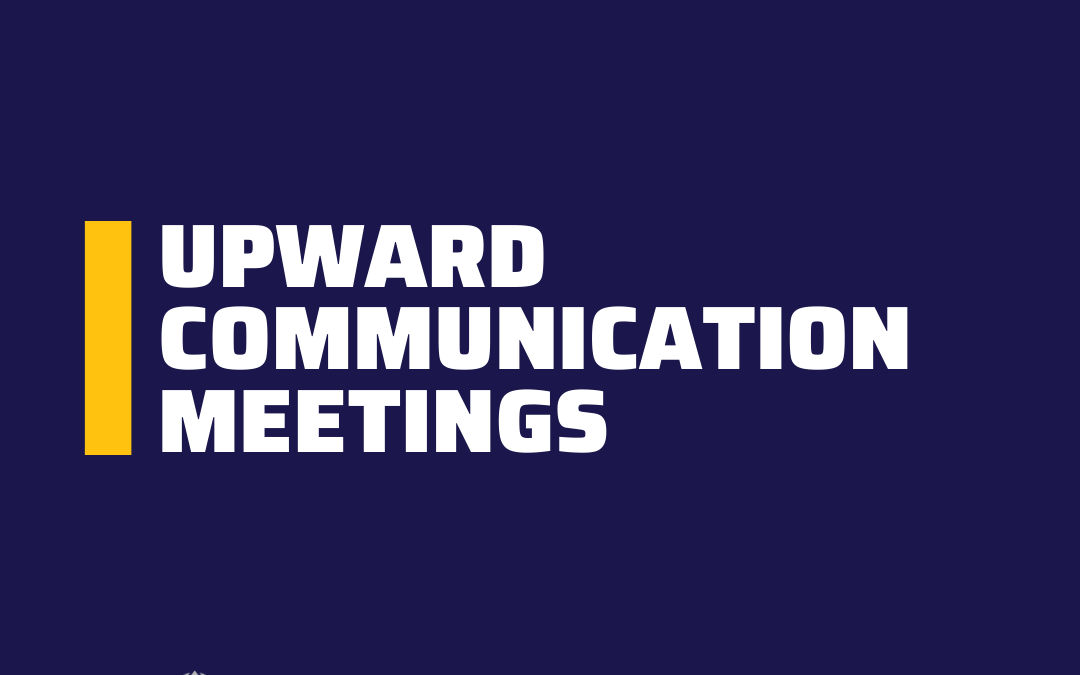“Our Upward Communications meetings are not as effective as I would like. What can we do to make them more effective?”
In the past 15 years, I have watched numerous strategies for meetings: EOS L10 meetings, walking meetings, Upward Communication meetings, standing meetings, and many other types that have no name. I believe each of these meeting types has value and helps with results. The primary reason for the results is due to the fact that meetings allow for communication. Communication is clearly valuable, and some meeting methods increase accountability, time management, and efficiency.
No matter what meeting is chosen, I have observed one attribute of a meeting that is critical to “make the noise go away” from the FIC. The attribute is to have the Second-in-Command lead the meeting.
When a SIC maintains the agenda, keeps the records of the meeting, and owns the action items (though they can have those items distributed to others), FICs noise is dramatically reduced or eliminated.
I have seen the incredible transformation of meetings when SICs think through the agenda items and manage the organization, communication, and execution of items brought to the meeting.
Aligning with the principles of upward communication is also important. Keeping up with the key items that are high priorities of the FIC (up at night list) and proactively updating on those items is critical. Therefore, the agenda must include updates on past items. The next critical steps are to allow the FIC to speak freely about their concerns or think aloud about opportunities in the near future. This allows the FIC to get this off his/her mind and allow the organization to start owning and implementing them.

